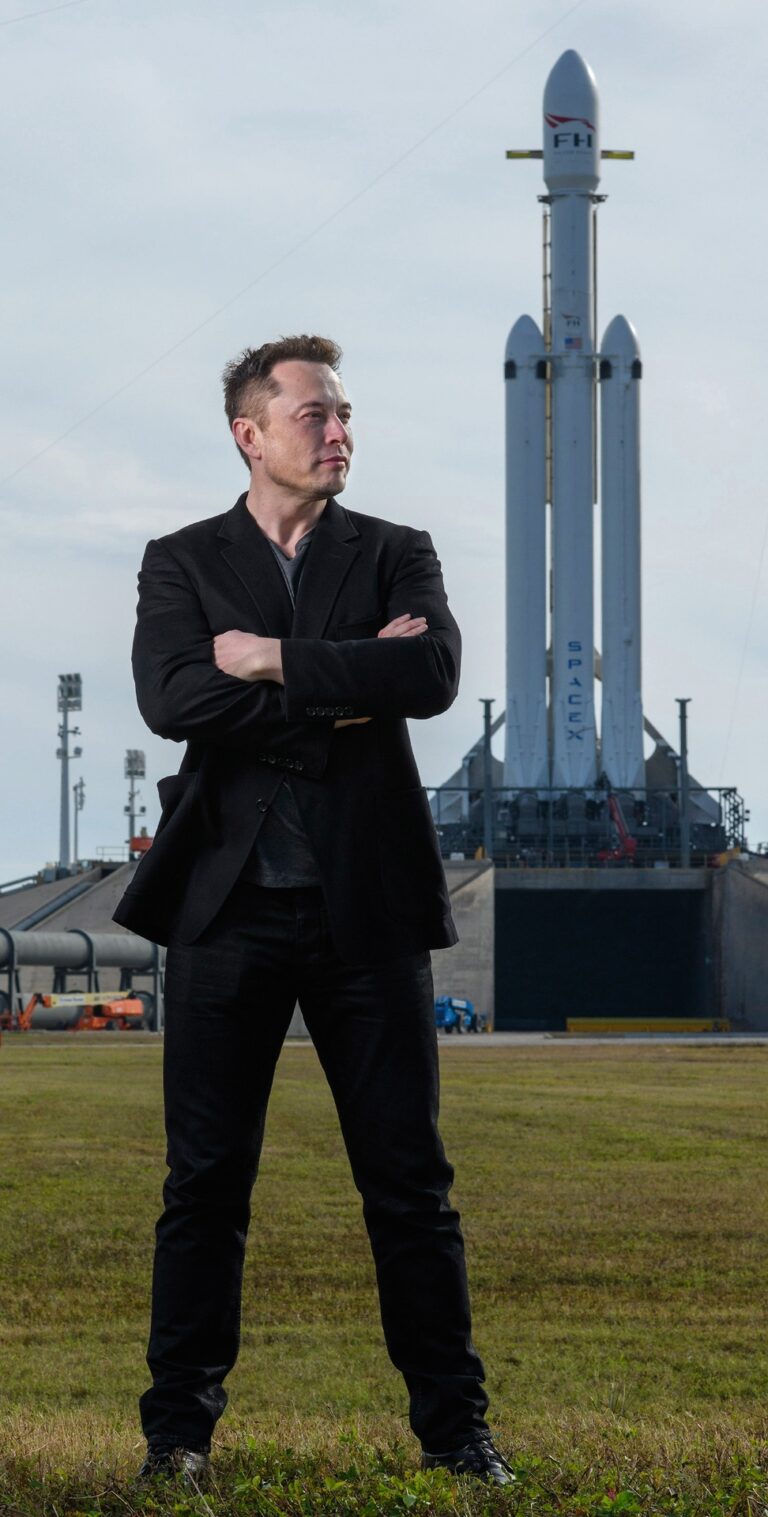On Wednesday 19 April Musk eloquently batted away all questions on Tesla’s fourth quarter results. It became clear that Musk’s strategy, in a year when auto sales in all markets are under pressure from rising interest rates, is to continue to ramp up production of its EVs (Electric Vehicles) and sell them at discounted prices while maintaining a high level of profitability. The long-term aim is the destruction of the legacy ICE (Internal Combustion Engine) auto industry.
Then on Thursday 20 April, Elon Musk, the world’s disruptor-in-chief, was on hand at Space X’s mission control in Texas to watch the maiden launch of the Starship space rocket which is the largest ever built – beating the Soviet Union’s N-1 which never actually reached orbit. Starship, with its 32 engines seemed to stagger off the launchpad. Then it rose majestically into the blue Texan skies for the best part of a four minutes before toppling over, spinning uncontrollably, and finally ending in a spectacular explosion rather like the end of a New Year’s firework display. Huge crowds hollered and applauded wildly.
So, a massive failure then? Wrong. In another lengthy TV interview on Monday 17 April with Fox News’s leading political pundit, Tucker Carlson, Musk had warned that ‘It’s a very risky flight. It’s the first launch of a very complicated, gigantic rocket.’ If the first Starship launch did not blow up and destroy the launchpad itself, he suggested that the flight, however short, would be deemed a success. Indeed, Sebastian Grau, Associate Professor of Space Systems at TU Berlin (Technische Universitat Berlin) commented that he was ‘immensely impressed that Starship had flown as far as the separation stage particularly as a number of its engines had failed.’ A second Starship, reportedly much improved, is being readied for a second test launch soon.
Musk is used to rocket failure. When he founded Space-X in 2004 with money (US$175m) he had made from selling Pay-pal, Musk by his own admission ‘ended up being the chief engineer or chief designer…not because I wanted to, it was because I couldn’t hire anyone. Nobody good would join. So, I ended up being that by default.’ The first three Falcon launches blew up. He scraped together enough money for a fourth attempt. Fail and Space X would have gone bankrupt.
The Fourth Falcon 9 launch worked. The rest is history. Nasa came on board as a client and Space X has now launched Falcon 9 rockets 215 times, with 152 of these being ‘re-flights’ – in other words re-using rockets that Space-X has returned intact to earth. In a technological first Falcon 9 can both launch and land upright. The cost savings of re-usability are huge; as Musk has pointed out, think of the cost of scrapping your car after every journey. The result is that SpaceX, as with Tesla in the auto industry, has won the rocket cost/performance race.
The reward has been the build out of the world biggest LEO (Low Earth Orbit) communication satellite network that numbered 3,580 in February, some 43 percent of the total of 8,621 satellites currently stationed at Low Earth Orbit. The satellites of course are built in-house to SpaceX’s own design. Customers connect to SpaceX’s satellites via its Starlink base stations. Famously Musk repositioned its satellites to give Ukraine internet services at the start of the war with Russia.
Subsequently SpaceX secured its first contract to provide services to Royal Caribbean Group passenger ships. Airlines have also begun to use Starlink internet services. The eventual aim is to build out the satellite network to 27,000 by 2030. At present Starlink can be accessed in 53 countries and in December 2022 the company reported that it breached the millionth customer landmark – a figure that is estimated to reach 300m by 2030. Rural communities and undeveloped nations, particularly in Africa, are likely to benefit most from the expansion of SpaceX’s global reach.
The expected fall in the price of its broadband services is such that direct to telephone services might be available within a few years. For example, in the future Tesla cars could be hooked up by satellite. Telephone companies and indeed Apple should watch out for disruption ahead. Tesla or Starlink may even start offering its own phones.
Starship will have a significant part to play in the expansion of this business. Starship rockets like Falcon 9 are being manufactured at Starbase near Boca Chica in Texas. He plans to incorporate the community he is building at Starbase as a new city. At 120m tall and 9m in diameter, Starship is twice the size of Falcon 9 but has four times the payload capacity. Falcon 9 can launch 53 satellites into low Earth orbit, while Starship can carry over 400.
The prospect of causing a seismic disruption of the global communications industry might be enough of an ambition for most mortals. But not Musk. His stated main aim for SpaceX is the propagation of the human species into an interplanetary life.
Musk consistently laments the collapse in birth rates that makes a dramatic decline in global population inevitable by the end of the century. Leaving aside his personal mission to populate the planet with his own progeny – ten and counting with the latest, bizarrely named, Exa Dark Sideræl Musk, who was born to synth-pop singer Grimes in December 2021 – Elon Musk’s plans to use Starship to populate a colony on Mars starting with a first mission slated for March 2029. He reckons to do this by refilling ‘the Starship spacecraft in low-Earth orbit prior to departing for Mars. Refilling on-orbit enables the transport of up to 100 tons all the way to Mars’.
As such the launch of Starship is more than an economic opportunity. It is the space vehicle that will fulfil ambitions that were only previously realisable in science fiction. To quote the opening words of Startrek, Starship will ‘enable man to boldy go where no man has gone before.’
